Fefferoni Peppers? Where, Who, HOW???
capeman
14 years ago
Related Stories
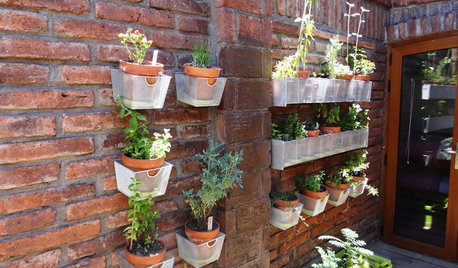
EDIBLE GARDENSHouzz Call: Where Are the Craziest Places You Grow Edibles?
Basil in a bathtub, spinach stacked up a wall ... If your edibles occupy an odd spot, we’d like to know
Full Story
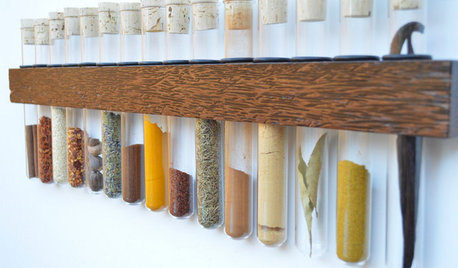
SHOP HOUZZShop Houzz: Sweet and Spicy
Cooking is sweeter once you organize your pepper, salt and paprika the stylish way
Full Story0

BLACKCooking With Color: When to Use Black in the Kitchen
Consider sampling Caviar or Cracked Pepper on your kitchen walls or cabinets for richness and impact
Full Story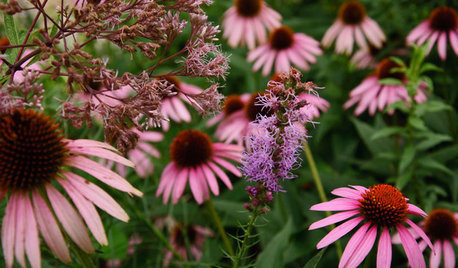
GARDENING GUIDESGreat Lakes Gardener's August Checklist
Pick the peppers and drink in the scent of lilies this month, while you mull over a mowing strip to make fall gardening easier
Full Story
FARM YOUR YARDHouzz Call: Home Farmers, Show Us Your Edible Gardens
We want to see where your tomatoes, summer squashes and beautiful berries are growing this summer
Full Story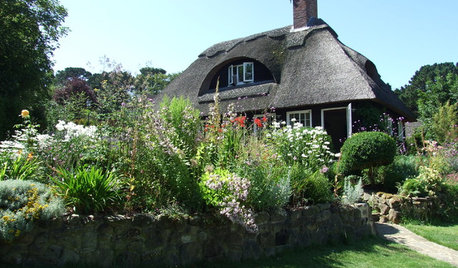
INSPIRING GARDENS12 Storybook Cottage Gardens
If you want a bewitching cottage garden but aren’t sure where to start, these ideas will get you planting in no time
Full Story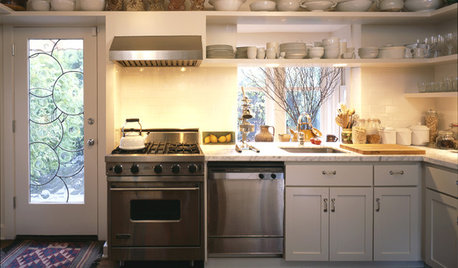
KITCHEN DESIGNHouse Planning: How to Set Up Your Kitchen
Where to Put All Those Pots, Plates, Silverware, Utensils, Casseroles...
Full Story
KITCHEN DESIGNHouzz Call: What’s Cooking in Your Kitchen?
Most of us turn to recipes, videos and culinary shows when we cook. Where do you set your cookbook, tablet or TV screen?
Full Story
HOLIDAYSHoliday Party Prep: Add Sneaky Seating
Worry no more about where guests will sit. These 10 seating options can hide in plain sight
Full StorySponsored






scoville
euarto_gullible
Related Professionals
Wrentham Landscape Architects & Landscape Designers · Elwood Landscape Architects & Landscape Designers · Waunakee Landscape Architects & Landscape Designers · Wixom Landscape Architects & Landscape Designers · Arden-Arcade Landscape Contractors · Fort Mill Landscape Contractors · Fort Myers Landscape Contractors · Longmont Landscape Contractors · Mesa Landscape Contractors · North Richland Hills Landscape Contractors · San Rafael Landscape Contractors · Stony Brook Landscape Contractors · Wilsonville Landscape Contractors · Winchester Landscape Contractors · Yuba City Landscape Contractorssmiciklas
capemanOriginal Author
scoville
gardendawgie
euarto_gullible
euarto_gullible
smiciklas
scoville
smiciklas
vic01